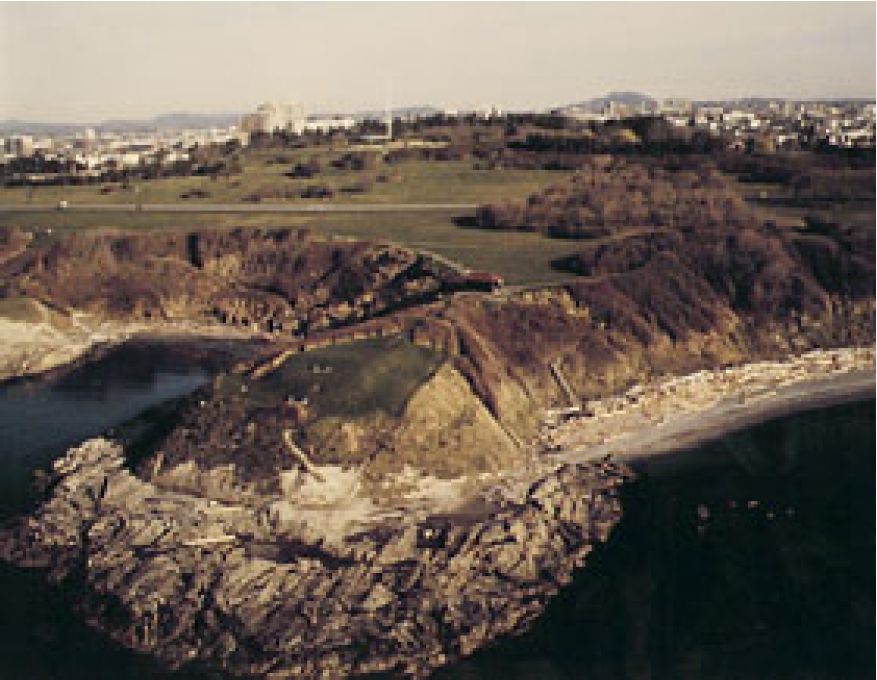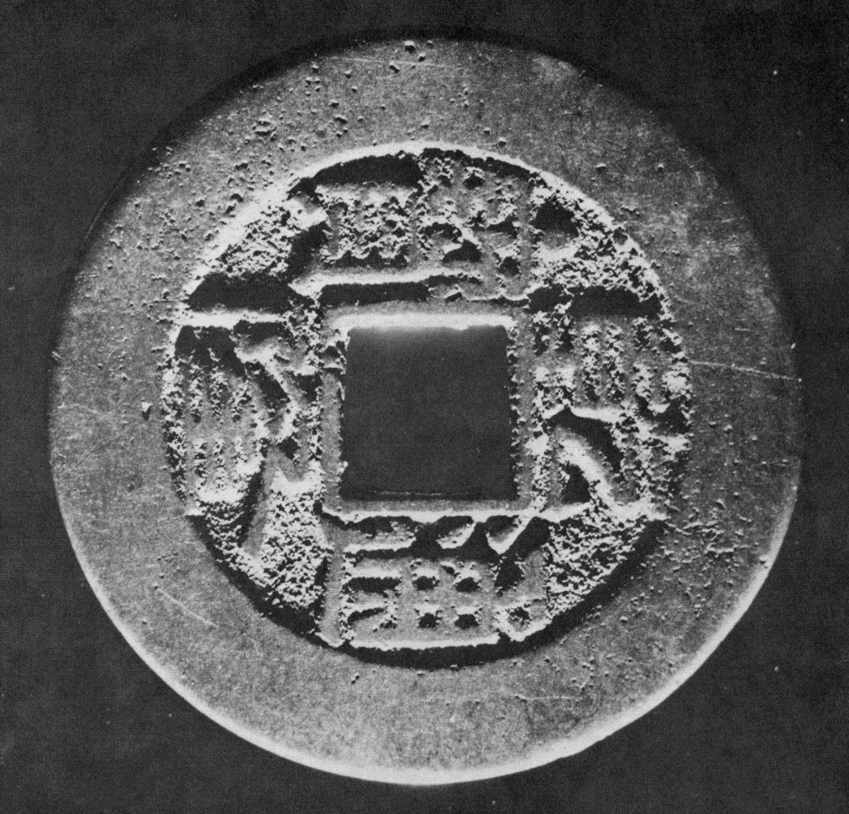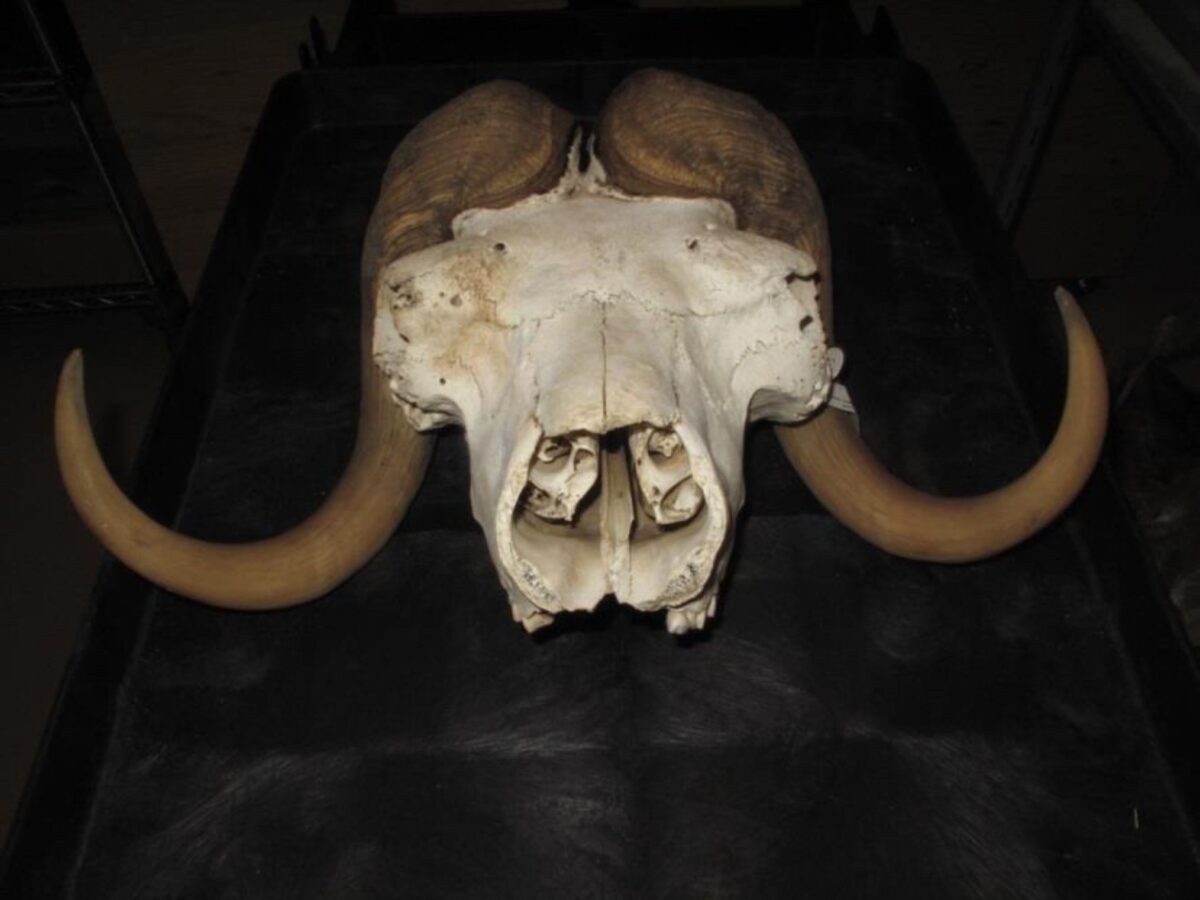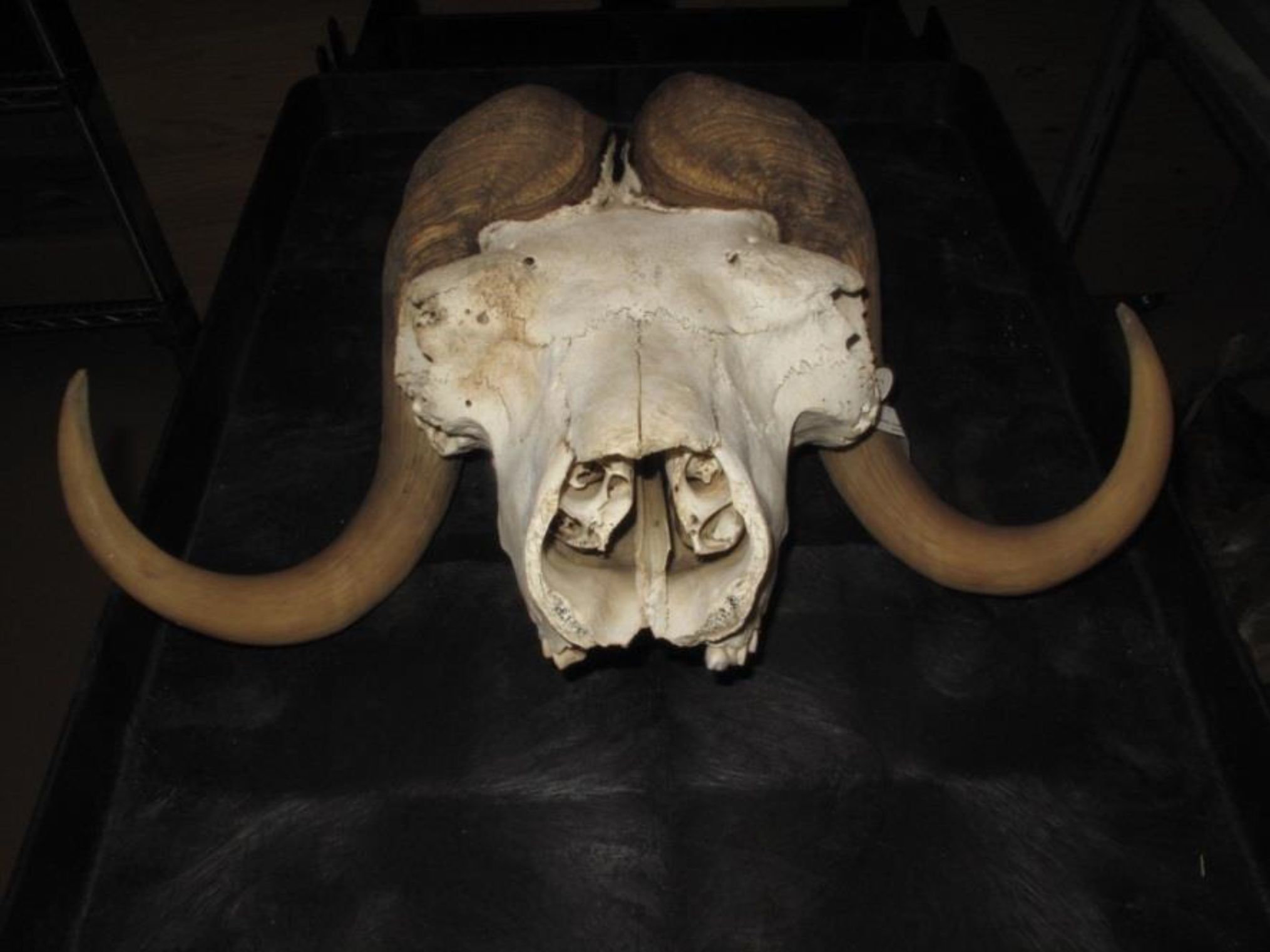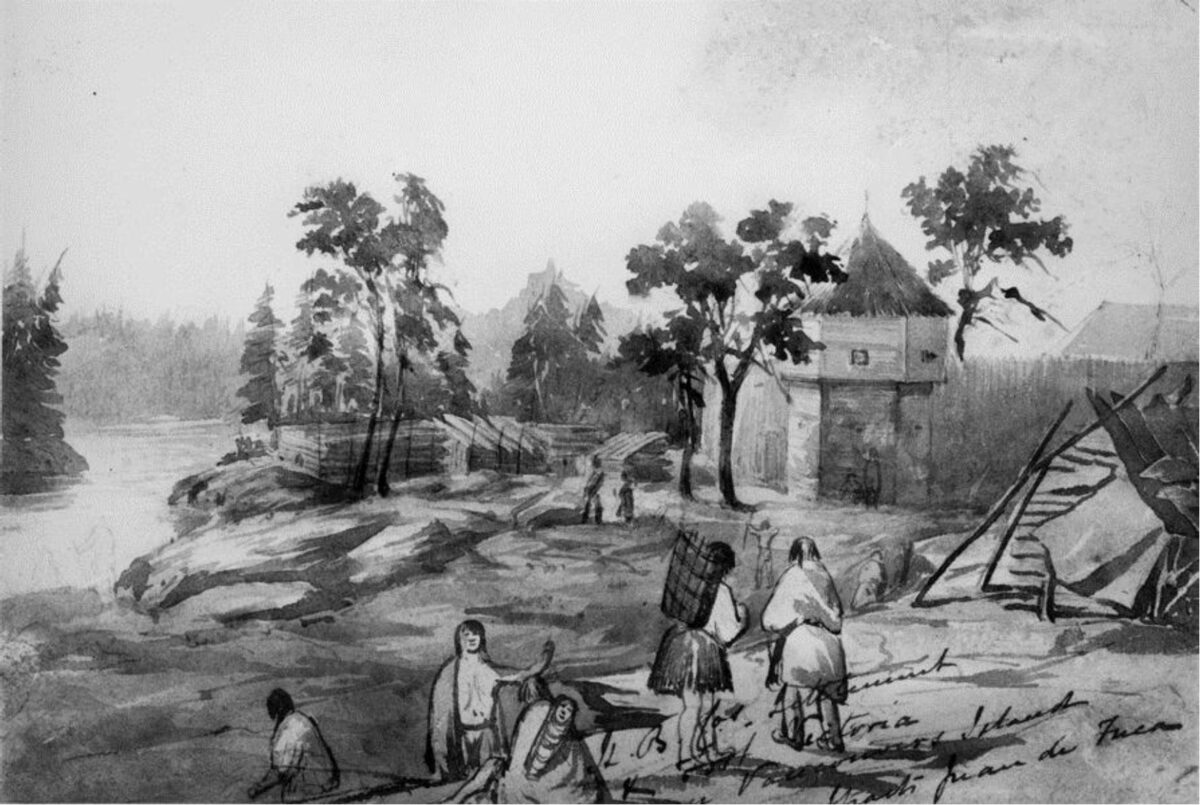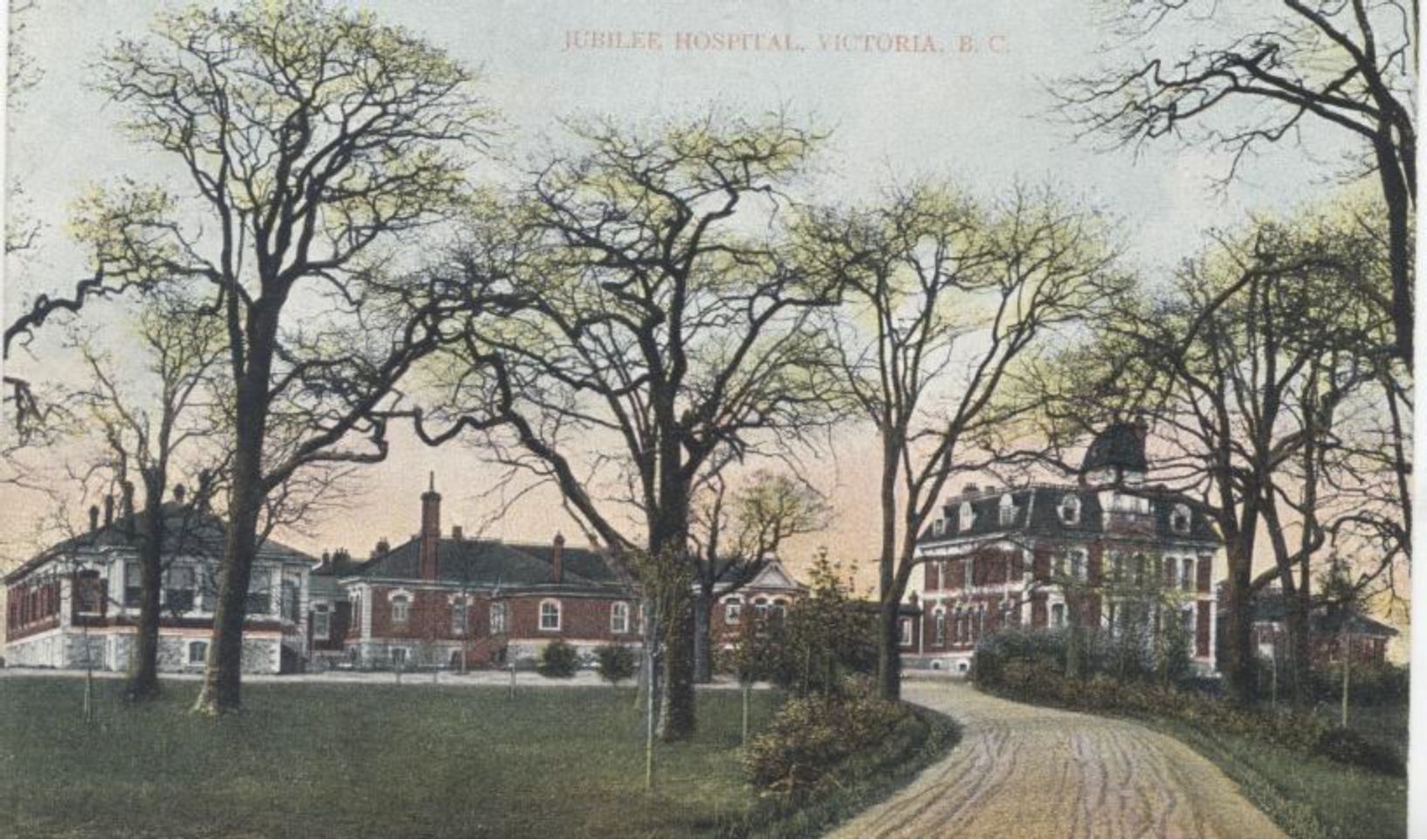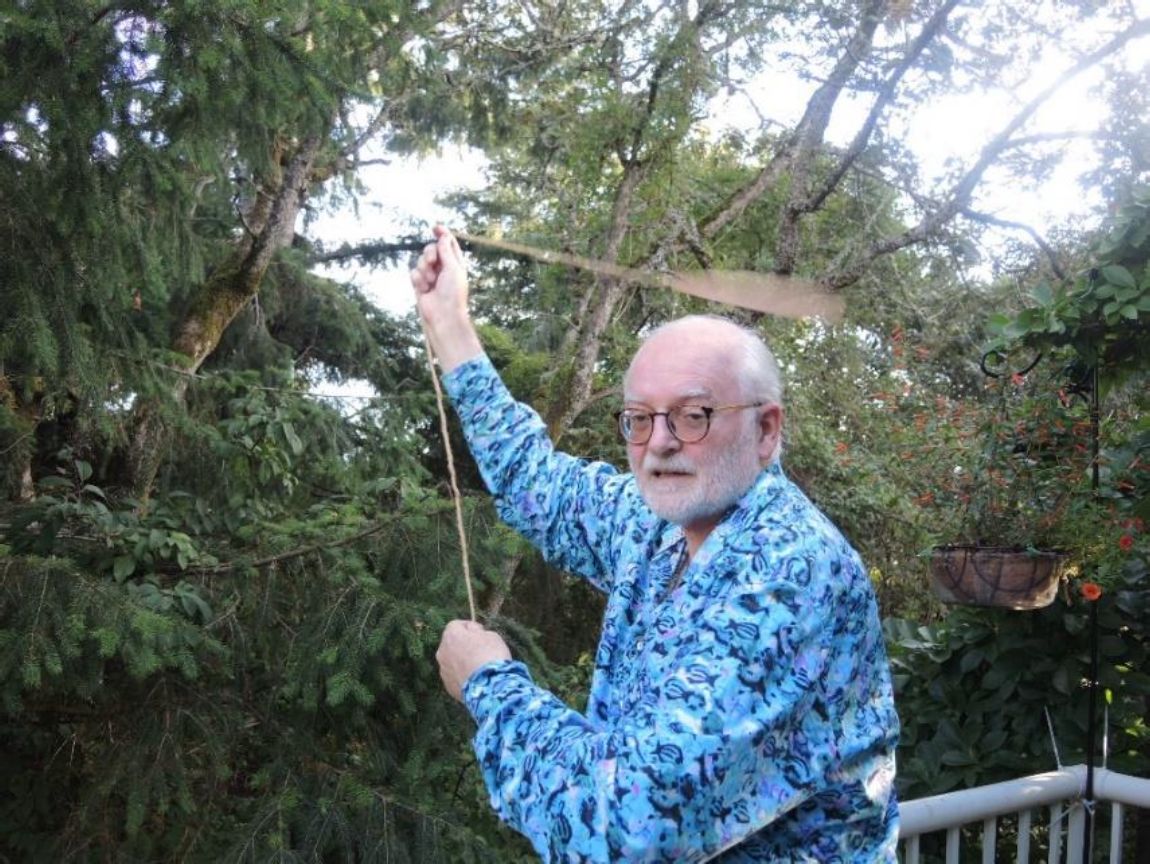
By Grant Keddie. 2020. Introduction The bullroarer is an instrument used by many cultures around the world. It comes in many sizes and dates back at least 20,000 years in Europe. In some parts of my ancestral Scotland the bullroarer was known as a “Thunderspell” and in Aberdeen as a “Thunder-bolt”. It was used to protect people from being struck by lightning, but in one known case used by a farm boy to scare the cows home (Haddon 1898:222). It is classed as an aerophone musical devise as it is spun in the open air, as opposed to an instrument that is blown into. It involves the use of a piece of flat wood, bone or other material tied to … Continue reading “Bullroarers in the Indigenous Collections of the Royal B.C. Museum”

